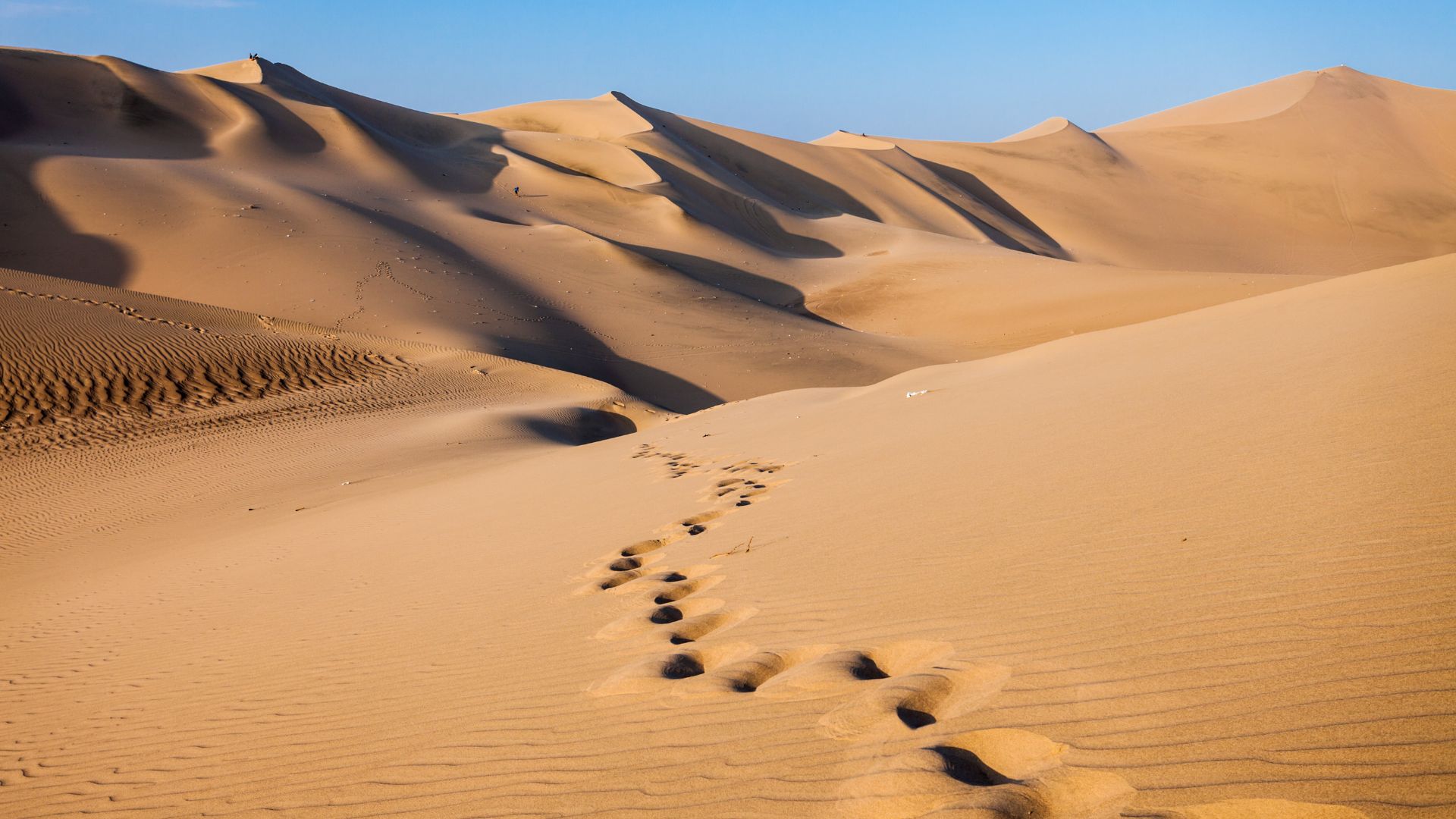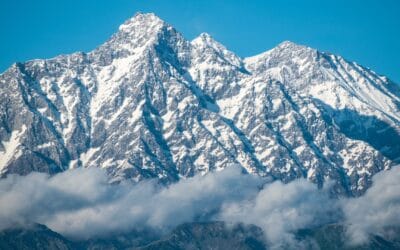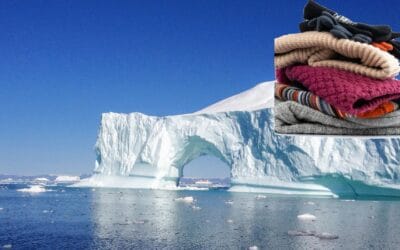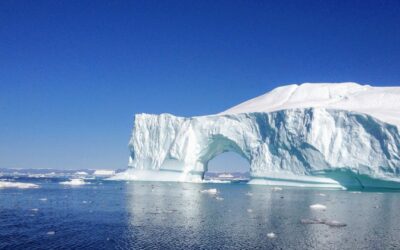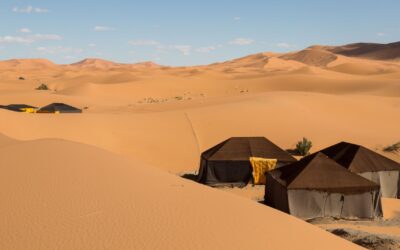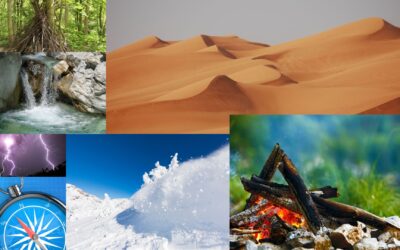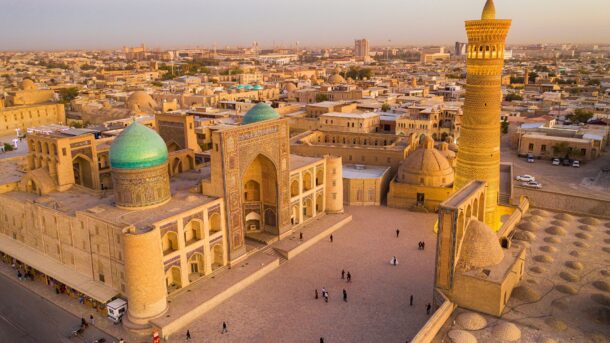Exploring the hot, arid expanses of a desert can be quite a cool adventure, but often not literally. The thing is, extreme temperatures demand careful preparation in order to make the best of it. In other words, trekking in a desert doesn’t have to feel like spending hours and hours in a sauna. With this consideration in mind, here are some tips on what to wear in a hot desert to help you stay cool, protected, and hydrated.
Dressing for a hot desert
Knowing how to dress in a hot desert is one of the several desert survival skills you can learn about. Choosing the right clothing is one step forward toward the goal of staying cool. Let’s take a look at some things you can wear.
Long-sleeved shirts and pants
Go for lightweight, breathable, and moisture-wicking materials such as cotton or synthetic blends. These fabrics help in keeping you cool by allowing sweat to evaporate quickly.
Light colors are the better option, as they reflect sunlight rather than absorbing it, which helps in keeping your body temperature lower.
Clothing with a UPF (Ultraviolet Protection Factor) rating of 50+ offers additional protection against the sun’s UV rays. This is particularly important in a desert where sun exposure is intense.
Hats
A wide-brimmed hat can help you maximize shade to your face, neck, and ears, reducing the risk of sunburn and overheating. Look for hats that are adjustable for a snug fit and have foldable brims for easy packing.
Footwear
Durable and supportive shoes made from breathable materials are a good option for desert hiking. They should provide good traction and protect your feet from rough terrain and hot surfaces. For water activities and around camp, durable sandals with good traction and support are also an option.
Socks
Consider using socks made from moisture-wicking synthetic blends. These materials help keep your feet dry by absorbing sweat and reducing the risk of blisters.
Accessories that should make exploring a hot desert a cooler experience
There are all sorts of accessories that might improve your desert experience. Here are some ideas.
Sunglasses
Polarized sunglasses with 100% UV protection will shield your eyes from the intense sunlight and glare typical of desert environments. Polarized lenses reduce glare from reflective surfaces, making it easier to see and reducing eye strain.
Bandanas/Neck Gaiters
Bandanas and neck gaiters protect your neck and face from the sun and dust. They can also be soaked in water and worn around the neck or head for a cooling effect, helping to lower body temperature in the heat.
Gloves
Lightweight, breathable gloves can protect your hands from the sun and rough surfaces. In deserts, gloves can also be handy for handling hot rocks and other surfaces that have been heated by the sun.
Sunscreen
Since you’re going to a hot desert, you should strongly consider using sunscreen with a SPF of 50. Apply it generously and frequently, especially to exposed skin areas. Remember to reapply every two hours or more often if you are sweating heavily.
Hydration systems
Staying hydrated is a must. As such, hydration reservoirs or hydration can come in handy because they allow you to carry a significant amount of water and drink hands-free.
Cooling towels
Cooling towels can make a big difference in a hot desert. Wet the towel and place it around your neck or head to help reduce body temperature. These towels are designed to retain moisture and provide cooling relief for extended periods.
Seasonal considerations for a hot desert
Desert environments can have extreme temperature variations between day and night, and the weather can change drastically with the seasons. Make sure to investigate both the day and night temperatures in the location you are exploring during specific seasons. When in need, pack lightweight insulating layers such as a down jacket or a fleece to stay warm during cold nights. These layers should be easily packable and lightweight to carry during the day.
How about wearing a traditional desert outfit instead?
One hot desert dressing strategy some may find more interesting is wearing traditional clothing that have been used by desert-dwelling communities for generations. These garments are designed to cope with extreme conditions, providing protection from the sun and heat while also being practical for the desert environment. Let’s look at some examples.
Thawb or thobe
This is a long, loose-fitting gown commonly worn by men in the Arabian Peninsula. Made from light, breathable fabrics like cotton, it provides good coverage and airflow, helping to keep the body cool. Women often wear similar long dresses or robes, such as the madraga, which can be adorned with embroidery.
Shemagh or keffiyeh
These are headscarves traditionally worn by men, made from cotton and designed to protect the head and neck from the sun and sand. The shemagh can be tied in various ways to provide maximum coverage and really comes in handy during sandstorms..
Serwal
Loose-fitting trousers worn under the thawb provide additional comfort, allowing air to circulate freely. These are typically made from lightweight materials to keep cool in the intense heat.
Abaya and usaba
The abaya is a long black dress often paired with a usaba, a headband that helps keep the head covered, providing protection from the sun during a hot day.
Accessories
Bedouin attire, for example, often includes accessories like wide-brimmed hats, sunglasses, and gloves, with the latter providing protection from the sun and rough surfaces. Lightweight, breathable gloves are particularly useful for handling hot objects or surfaces heated by the sun.
Bottom Line: Desert fashion isn’t just about looking cool—it’s about staying cool!
So, you’ve got your long-sleeved shirt, wide-brimmed hat, and who knows what else. You’ve packed enough sunscreen to make a lifeguard envious, and you’re ready to sip water from your hydration pack like it’s the fountain of youth. You’re basically a desert fashion icon.
Remember, the key to mastering survival skills while doing desert trekking is to balance looking good with staying cool. It’s not just about dodging sunburn and sandstorms; it’s about embracing the challenge with the right gear. So, go forth, have fun on some dunes, and don’t forget your cooling towel.

